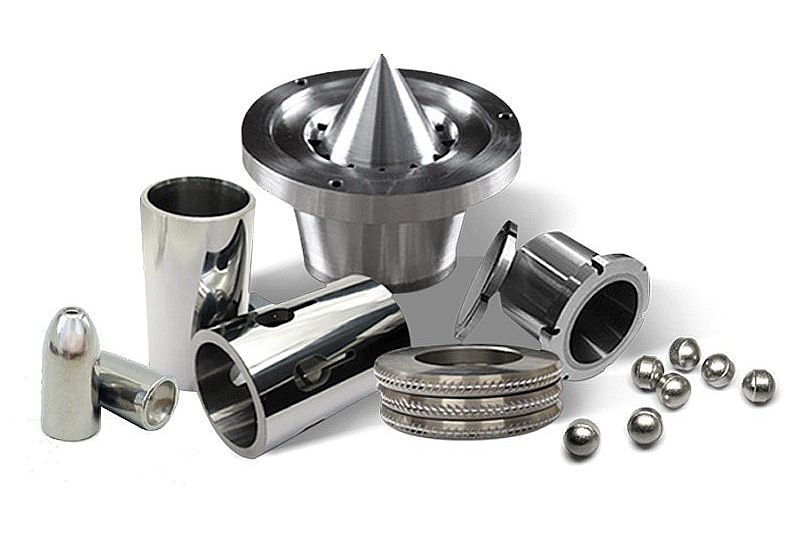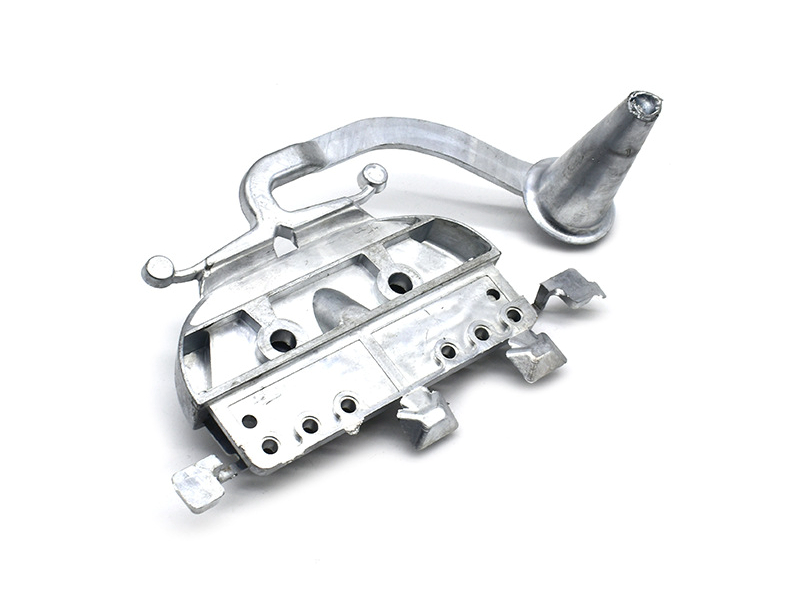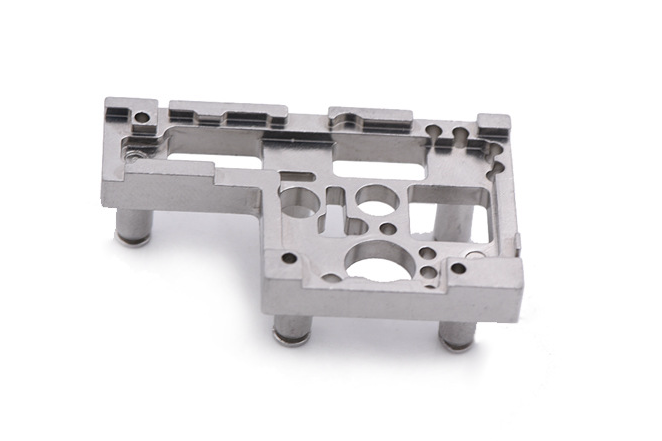How is dimensional consistency ensured in mass production?
Ensuring Dimensional Consistency in Mass Production
Dimensional consistency in mass production is achieved through a combination of controlled manufacturing processes, stable tooling, statistical inspection, and material-specific post-processing. At Neway, stability begins at the design stage with process-appropriate DFM evaluation, followed by validation using early prototyping to confirm tolerance feasibility before scaling to full production. Depending on the process—such as metal injection molding (MIM), injection molding, precision casting, or CNC machining—dimensional control strategies vary but share a common goal: repeatability at high volumes.
Core Methods for Achieving Repeatable Dimensions
Method | Description | Typical Performance |
|---|---|---|
High-stability tooling | Tool steel cavities and hardened inserts maintain geometry for millions of cycles. Used in plastic injection molding and MIM. | Tool wear control ±0.01–0.03 mm over long runs |
Process window control | Injection pressure, temperature, feedstock moisture, and cycle time are tightly monitored using automated systems. | Deformation reduction of 20–40% through stable parameters |
Dimensional compensation | Processes such as MIM and CIM incorporate predictable shrinkage models, enabling accurate mold offsets to achieve final tolerances. | Post-sinter tolerance ±0.3–0.5% typical |
Batch-based thermal processing | Controlled heat treatment and sintering ensure uniform microstructure and dimensional stability across large batches. | Variation minimized to within ±0.05 mm in many sintered parts |
Secondary finishing refinement | Critical surfaces can be stabilized through electropolishing, tumbling, or precision cutting. | Surface-driven dimensional correction ±0.01–0.02 mm |
Quality Control Systems That Protect Dimensional Stability
Mass production depends heavily on statistical and automated inspection. First Article Inspection (FAI) ensures tool qualification, while Statistical Process Control (SPC) tracks key dimensions during production. CMM scanning, optical measurement, and in-line vision systems detect early deviations, allowing for immediate process adjustments. For parts requiring extreme consistency—such as mechanisms in consumer electronics or safety components in automotive—functional gauges are used to verify mating dimensions across thousands of units.
Material selection also influences consistency. For example, stainless steels like 316L and 17-4 PH exhibit predictable shrinkage behavior in MIM, whereas engineering plastics such as PC-PBT or PEEK offer low warpage in injection molding. For casting, alloys such as cast stainless steel or nickel-based alloys provide solid dimensional reliability after controlled cooling and finishing.
Post-Processing for Long-Term Decay Prevention
Finishing techniques not only enhance appearance but also preserve dimensional integrity. Processes such as passivation, electropolishing, and black oxide coating prevent corrosion-induced dimensional drift, which is essential for sliding or locking components.



